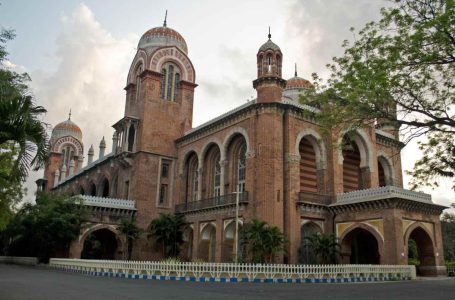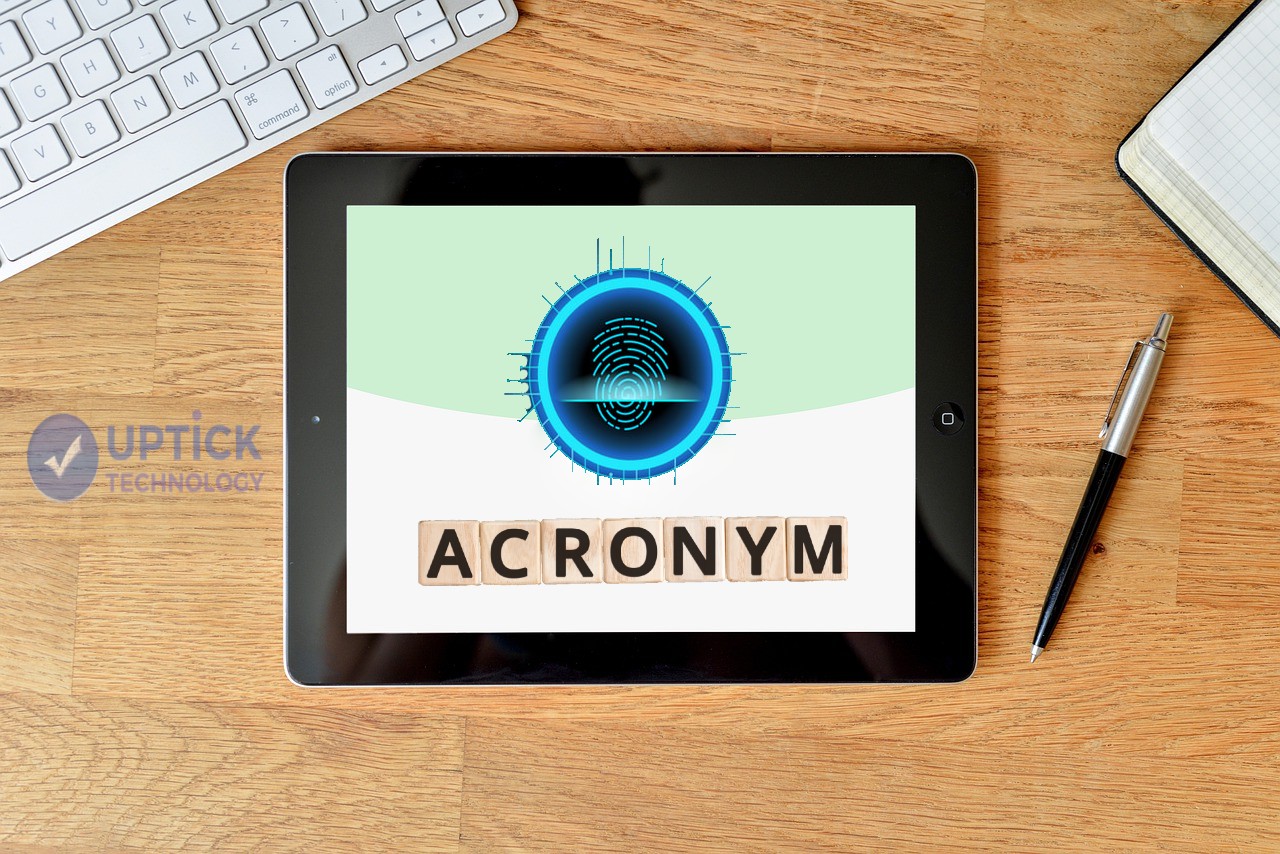Hi, I hope you are doing well. The math Olympiad for class 5 is a competitive test encouraging students’ participation in healthy competition. Class 5 is when students establish the core fundamentals of new math concepts. Math Olympiad for class 5 focuses on strengthening students’ foundational knowledge of applying concepts related to decimals, fractions, angles, sequences, and so on.
Participating in the math olympiad fosters students’ interest in math and helps them get a good hold of solving tricky problems quickly. It is highly beneficial for students to advance their math skills. For more, please continue reading the article.
Table of Contents
Introduction
International Mathematical Olympiad, commonly known as IMO is one of the toughest pre-college tests in the field of mathematics. The international mathematical olympiad dates back all the way to 1959 where the first event was hosted in Romania. Ever since then it has been held annually except the year 1980. And SOF IMO first began in the year of 1996 for classes first to twelfth in partnership with Techfest.
The format of the IMO is simple. There are over 100 teams competing all across the world and they have to solve 6 problems in 2 days (4.5 hours each). The difficulty level increases as it progresses from Q1 to Q3 and the same the next day for Q4 to Q6 making Q3 and Q6 the toughest problems. Statistically, China has finished first at an incredible 19 times (they first began competing in the year 1985). India’s best finish was when they placed seventh in the year 1997 and 2001. Another mathematical olympiad has the format of 20 questions with where each question weighs about 5 marks. This olympiad has 3 rounds.
Both the olympiads provide detailed analysis of where you scored points vs how many people in the state/country/world were able to score points for the same question. It will help you learn where you made mistakes and would help you work on them better. Try solving IMO Class 5 Previous Year Paper 2014 to get a better idea about these exams.
The International Mathematical Olympiad mostly focuses on these concepts.
-
Word Problems
Read the problem and identify what you are trying to look for. Choose a variable to represent the quantity that you are looking for. Try to frame an equation if possible and solve it. Take a look at the options and then analyze if the answer you got was right.
-
Data Handling
It is estimated that Class 5 students move on to solving comparison, sum, and difference in line graphs, bar charts, pictograms, tables, etc. They also know how to read and interpret information in tables, an example of it being timetables. Practice data handling.
-
Number System
Number system focuses on finding the place value of 7 digit numbers to 9 digit numbers, comparing large numbers, looking at a series and predicting the wrong number, arranging numbers in a meaningful order, etc.
-
Addition and Subtraction
Examples of problems in this field are calculating day if today were day x and finding the missing number from a series by performing the arithmetic operations, etc. There are several techniques that can be used to calculate the answer faster. For example, use the jumping strategy, count in 2s or 10s, compensation method, double the number when two numbers are the same, and many more.
-
Basic Decimal Numbers
It deals with decimals that is actually a fraction whose denominator is the power of 10 and the numerator can be expressed by figures placed to the right of a decimal point. Solving previous year’s papers for this concept and fractions can help one understand the concept better.
-
Fractions
Fraction is a numerical quantity that is not a whole number and this topic is frequently asked in IMOs. It may ask you to find the greatest common factor, word problems that have an x quantity at a multiple of y. One must find the true quantity, etc.
-
Basic Operations Involving time
Time can be measured in years, months, days, hours, minutes, seconds, etc. The conversion from one quantity to another should be memorized properly to be able to solve these kinds of problems. Try solving example problems that ask you to convert time to another format or write the time described in words as the date format.
-
Basic operations Involving Length
Measurements include the topic of length where length is the longest extent of anything as measured from end to end. Millimetres, centimetres, decimetres, metres, decametres, hectometres are some of the length measurements.
-
Basic Operations Involving Weight
Basic operations involving weight is the measurement of mass which is nothing but the measure of the amount of matter in an object. The quantities for weight include milligrams, centigrams, grams, kilograms, decigrams, decagrams, hectograms, etc. There is also measure of capacity which computes the amount a container can hold. The quantities for capacity include millilitres, centilitres, decilitres, litres, decalitres, hectolitres, etc.
-
Basic Operation Involving Volume
Volume is the measure of the space taken up by something and the basic operations involve the concept of length, breadth, and height because the volume of a cuboid is length x breadth x height. There are conversions for volume quantities.
-
Area and Perimeter of 2D Shapes
The area of any 2D shape is the size of the region enclosed within it which remain usually shaded. There are several 2D shapes such as square, rectangle, circle, rhombus, and triangle whose unit is sq units. And the perimeter is the total distance around the outside of the shape.
-
Basic Recognition of 3D Shapes
3D shapes can remain made by stacking 2D shapes together, but apart from that, there are some interesting 3D shapes namely cone, cylinder, sphere, cube, tetrahedron, cuboid, prism, pyramid, etc.
-
Basic Averages
Averages remain often used in the field of mathematics. Average, also known as arithmetic mean remain the sum of numbers divided by the count of numbers.
-
Basic Percentages
Calculating percentage is nothing but finding the share of a whole, in terms of 100 and it can remain computed using a unitary method or changing the denominator of the fraction to 100.
-
Basic Factors and Multiples
A simple rule to find the difference between the two is that factors are what one can multiple to get the number whereas multiples are what one gets after multiplying the number by an integer, and not a fraction.
Also Read: How to Study Forex Chart









